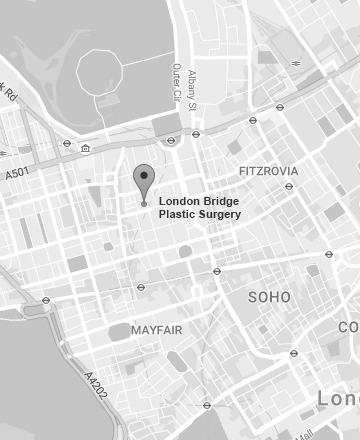Your Breast Reduction Procedure

A breast reduction is a common procedure undertaken by many women as they deal with the emotional and physical burden that comes with having large or disproportionate breasts. Large breasts can lead to back, neck, and shoulder pain; the overall physical discomfort of having large breasts can be quite significant for some women.
Breast reduction surgery is used to reduce the size of the breasts and make them proportionate to the rest of the body frame. This procedure may be exactly the solution you’ve been looking for.
When to Consider a Breast Reduction
While having large breasts has its own perks, sometimes a breast reduction is necessary to lead a pain-free life. Women who have constant pain in their necks, backs, and shoulders, along with poor posture and numbness, find breast reduction to be an ideal option.
Often, large breasts are genetic and lead to a disproportionate body frame. Women who suffer emotionally because of their large breasts are also suitable for this procedure.
Am I a Good Candidate?
Women whose breasts have fully developed and who are not pregnant/breastfeeding are right for this procedure. Mental stability is also a huge factor, as healing from this surgery takes time. Women who have diseases that affect the breasts are not right for this procedure. Outcomes and expected results of the procedure need to be thoroughly discussed with your doctor.
One important point of discussion is breastfeeding. Women who want to breastfeed in the future need to explicitly discuss their goals with their doctors.
The Breast Reduction Procedure
A breast reduction surgery often takes a few hours to complete. The patient is placed under general anesthesia, and then incisions are made to remove excess fat, skin, and breast tissue. The size and area of incision depend on the size, shape, and perkiness of the breasts.
Breast tissue and fat are removed carefully using a scalpel, and the remaining tissues are reshaped for optimum results. The areolae are lifted up, and skin is tightened. If necessary, the areolae are reduced in size to make them more proportional to the new breast shape and size. Finally, sutures are used to close the incisions.
The Healing Process
Before your breast reduction procedure, your doctor will provide a detailed recovery plan, including daily activities, postures, and medications. All of these instructions have to be followed perfectly for healthy healing.
After the surgery is complete, drains are often placed in the breasts to drain out excess fluid, which helps to avoid post-surgical complications. Dressing and bandages are used to cover up the sutures.
Breast reduction is an outpatient surgery and does not require more than a day in the hospital or clinic. Our staff will show you how to care for your healing breasts before you leave.
Follow-up appointments are scheduled soon after the surgery to remove drains and sutures. Discomfort, soreness, and swelling are common after the surgery, and medication is provided accordingly. If you detect a fever during recovery, it is important to contact your doctor, as it indicates an infection.
Schedule an Informative Consultation
At London Bridge Plastic Surgery, your satisfaction is our number-one priority. Find out more about what breast reduction can do for you – arrange a consultation with one of our skilled medical professionals by contacting our office today.







